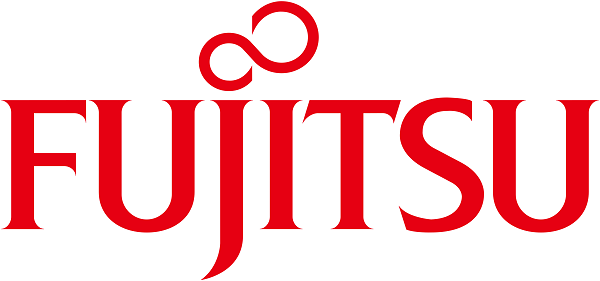The foldable smartphone market has been jolted by Samsung’s latest Unpacked event, where the company introduced the advanced Galaxy Z Fold 7, the upgraded Galaxy Z Flip 7, and a more budget-friendly Galaxy Z Flip 7 FE. This formidable new lineup has cast a shadow over Google’s own foldable aspirations, raising serious questions about the competitiveness of its upcoming Pixel foldables.
According to industry analysis, Google’s expected 2025 foldable, the Pixel 10 Pro Fold, appears to be an incremental update rather than a revolutionary leap. Rumors suggest the device will largely retain the design of its predecessor, the Pixel 9 Pro Fold, with minor enhancements such as a slightly larger 6.4-inch outer display and the inclusion of the new Tensor G5 chipset.
While these updates would typically be welcome, they pale in comparison to the advancements showcased in the Samsung Galaxy Z Fold 7. Samsung’s flagship foldable boasts a dramatically thinner and lighter profile, with an 8.9mm thickness and a weight of 215g, making it one of the most portable book-style foldables available. Beyond its sleek design, the Z Fold 7 features significant internal upgrades, including a powerful 200MP primary camera, up to 16GB of RAM, and Qualcomm’s top-tier Snapdragon 8 Elite processor.
Samsung preps foldable screens for Apple’s iPhone Fold
This stark contrast in innovation places Google in a difficult position. The hardware of the Pixel 9 Pro Fold, which forms the basis for the upcoming model, already looks dated next to Samsung’s newest offering. The iterative approach for the Pixel 10 Pro Fold is seen by critics as insufficient to challenge the Z Fold 7’s dominance in the high-end U.S. market.
Compounding Google’s challenges is the continued absence of a clamshell-style “Pixel Flip” to compete with Samsung’s popular Z Flip series and offerings from other manufacturers like Motorola. While Samsung expands its portfolio to cater to various price points and form factors—including a confirmed tri-fold device expected by year’s end—Google’s strategy appears limited to a single, premium book-style foldable.
Analysts suggest that Google’s current approach lacks the clear intent and comprehensive scope demonstrated by Samsung. To remain a relevant player in the foldable space, it is argued that Google needs to accelerate its hardware innovation, expand its lineup with different form factors like a flip phone, and set a new standard for the market, much as it has with its traditional Pixel smartphones. Without a significant strategic shift, the future of Google’s foldable phone line looks increasingly uncertain.

